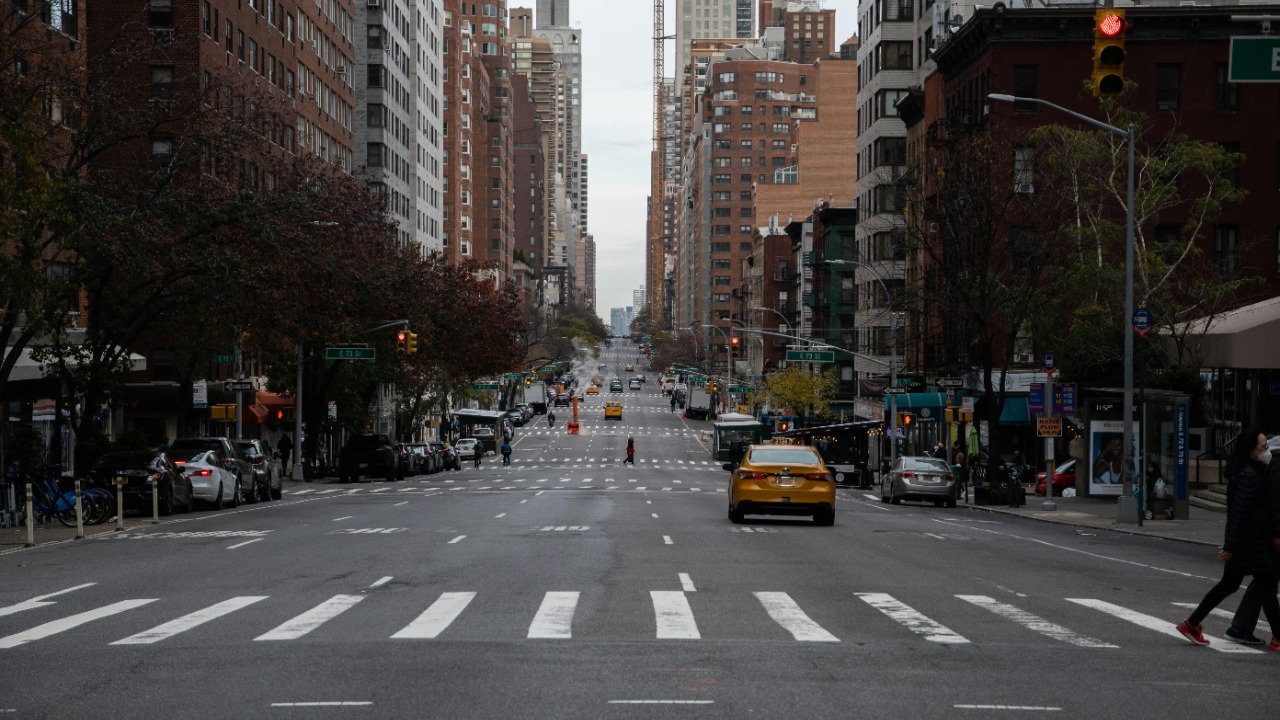
Heavy-duty and emission-intensive trucks have faced increasing restrictions in city centers worldwide, driven by concerns over air pollution, traffic congestion, and urban livability. Cities are implementing these bans to promote cleaner air and a healthier environment for their inhabitants. Here are six types of trucks that have been banned from city centers globally.
Heavy-Duty Freight Trucks
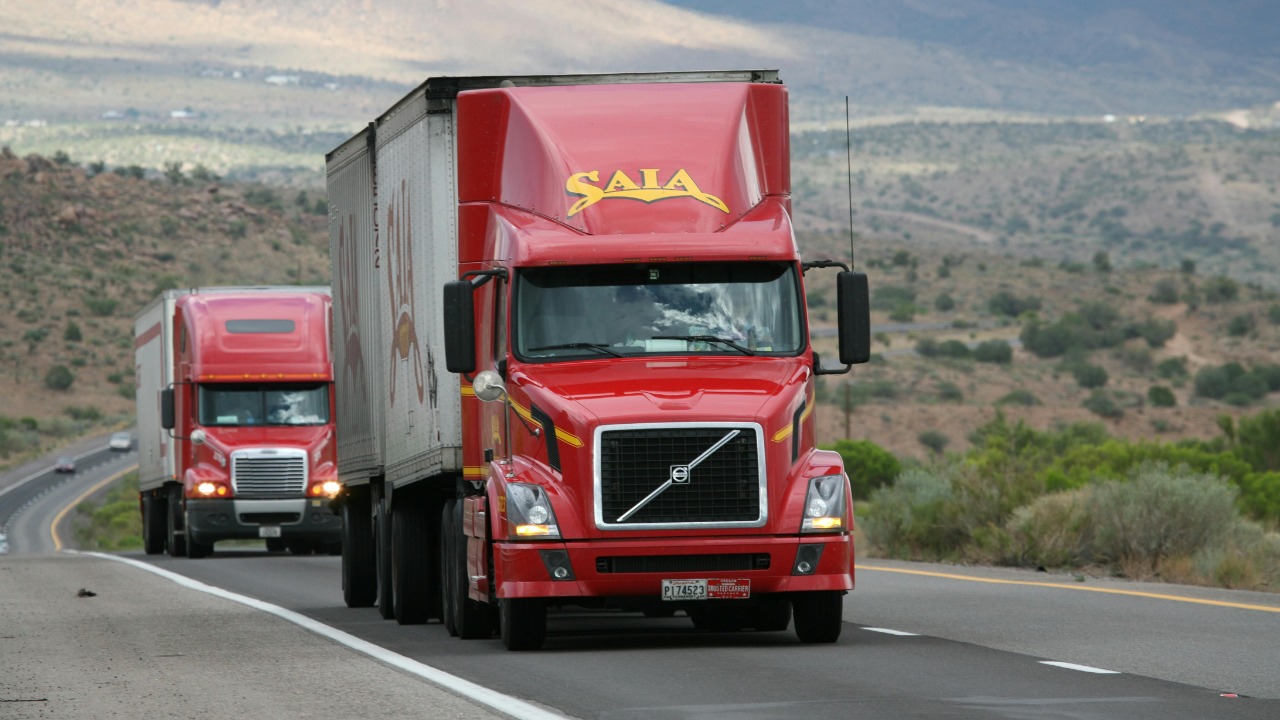
Heavy-duty freight trucks, known for their size and weight, are common targets for city center bans due to their significant contribution to air pollution and traffic congestion. These trucks typically exceed the weight limits set by urban regulations, causing damage to infrastructure and increasing maintenance costs. Cities like London and Paris have imposed restrictions on these vehicles, requiring them to meet stringent environmental standards.
By implementing such bans, urban areas aim to reduce pollutants like nitrogen oxides and particulate matter. This effort is part of a broader trend toward sustainable urban logistics, where cleaner alternatives such as rail and electric vehicles are encouraged for freight transport. Learn more about how cities are tackling air pollution.
Diesel-Powered Delivery Vans
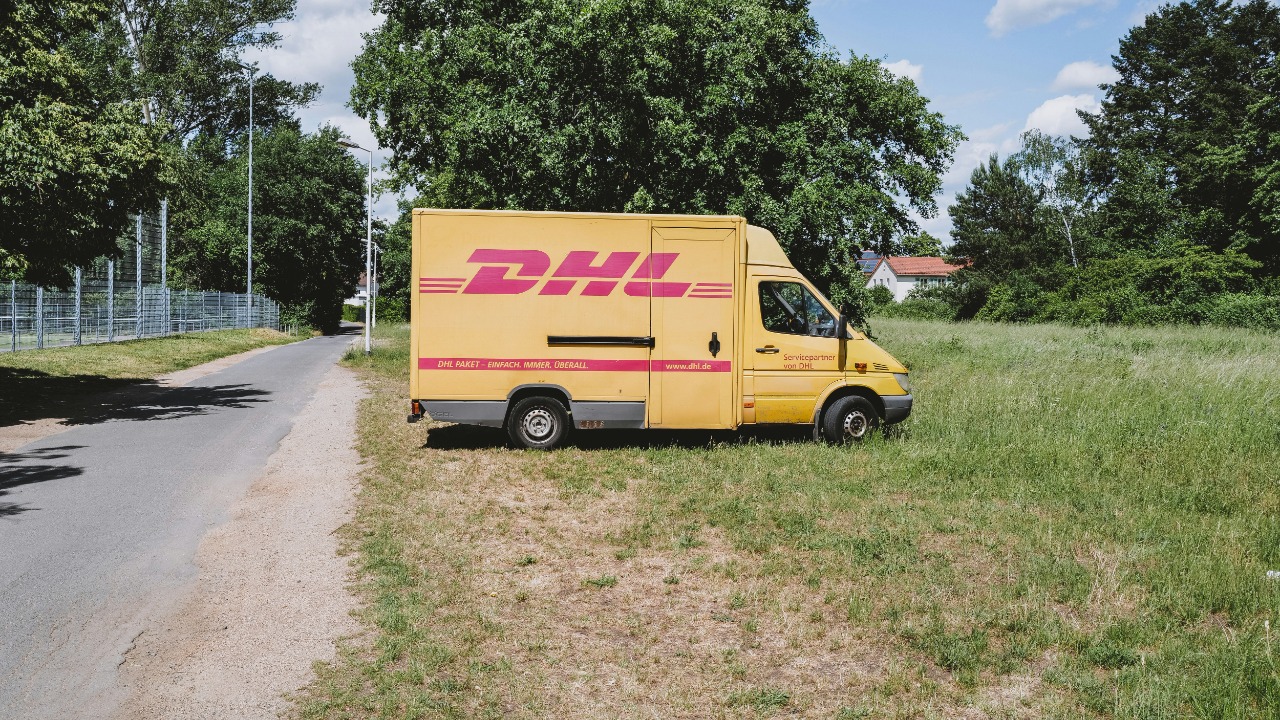
Diesel-powered delivery vans are increasingly unwelcome in city centers due to their emissions. Cities such as Madrid and Oslo have introduced low-emission zones where diesel vehicles are either banned or subjected to hefty fees. These policies aim to improve air quality and encourage the adoption of cleaner technologies.
Switching to electric delivery vans is a popular alternative, offering a quieter and more environmentally friendly solution. The move away from diesel is part of a global effort to combat climate change by reducing reliance on fossil fuels. For more information on urban environmental initiatives, explore this report.
Long-Haul Semi-Trailers
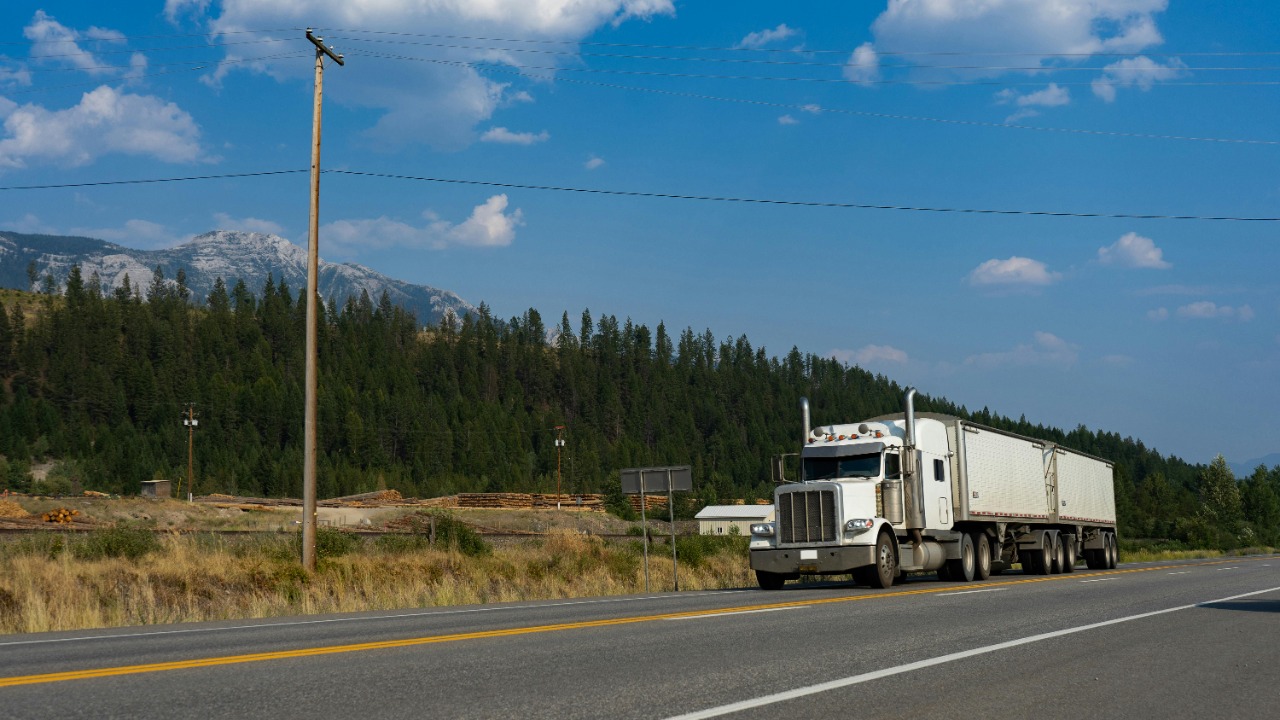
Long-haul semi-trailers are designed for cross-country routes, but their presence in city centers can be problematic. Their large size makes them unsuitable for narrow urban streets, leading to traffic congestion and increased accident risks. Cities like Tokyo and Berlin have implemented restrictions to keep these vehicles out of their busy downtown areas.
These restrictions are part of a broader effort to encourage the use of more suitable urban freight solutions, such as smaller local delivery trucks and cargo bikes. The goal is to streamline urban logistics while mitigating the negative impacts of heavy traffic. Discover more about urban traffic solutions in this geography discussion.
High-Emission Construction Vehicles
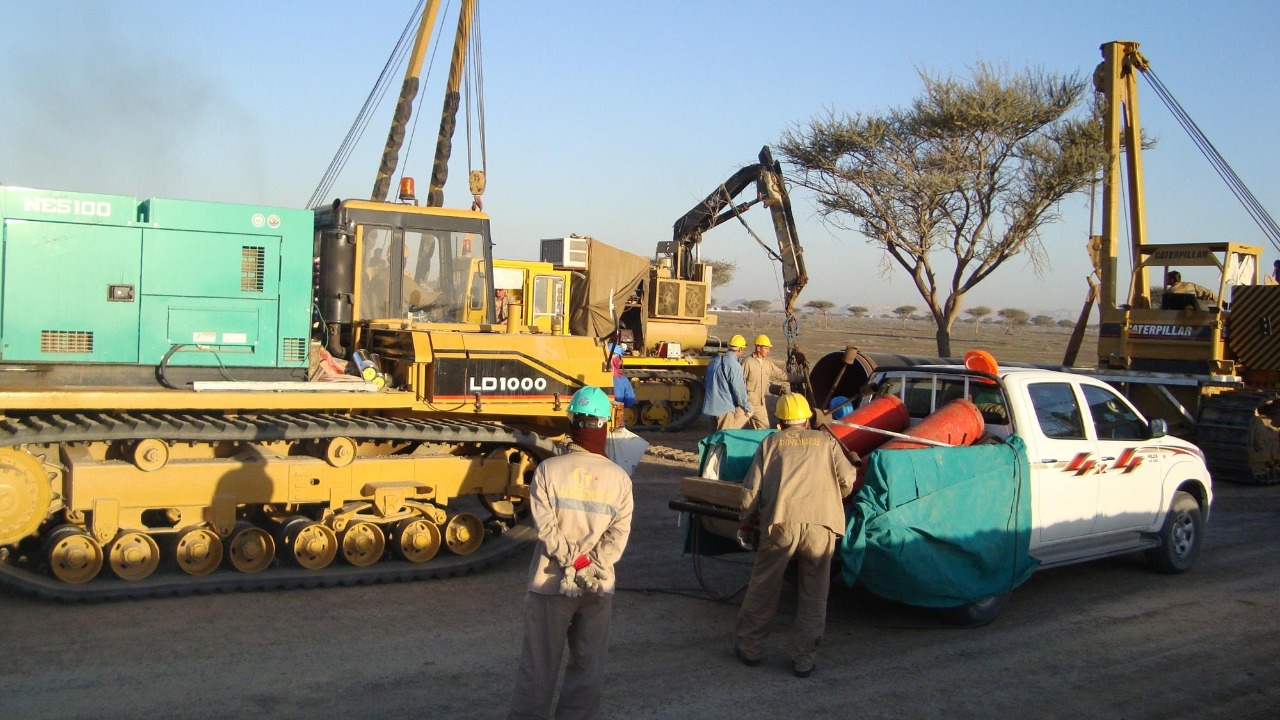
Construction vehicles, especially older models, are notorious for their high emissions. Many cities have taken steps to ban or limit their use in central areas to reduce air pollution. For example, New York City has enforced regulations that require construction equipment to use cleaner technologies or face penalties.
These measures are crucial for improving urban air quality and public health. By encouraging the use of modern, low-emission machinery, cities can significantly reduce their environmental footprint. More insights on this topic can be found in a detailed study.
Oversized Cargo Carriers

Oversized cargo carriers, often used for transporting large goods, are increasingly restricted in urban environments. Their size and weight can lead to road damage and increased congestion, prompting cities like Singapore and Toronto to impose strict entry regulations.
These restrictions are part of a broader push to optimize urban spaces for pedestrian use and public transport. By limiting oversized vehicles, cities aim to create more livable and environmentally friendly urban environments. Explore more about how cities manage urban logistics in this scientific article.
Non-Electric Garbage Trucks
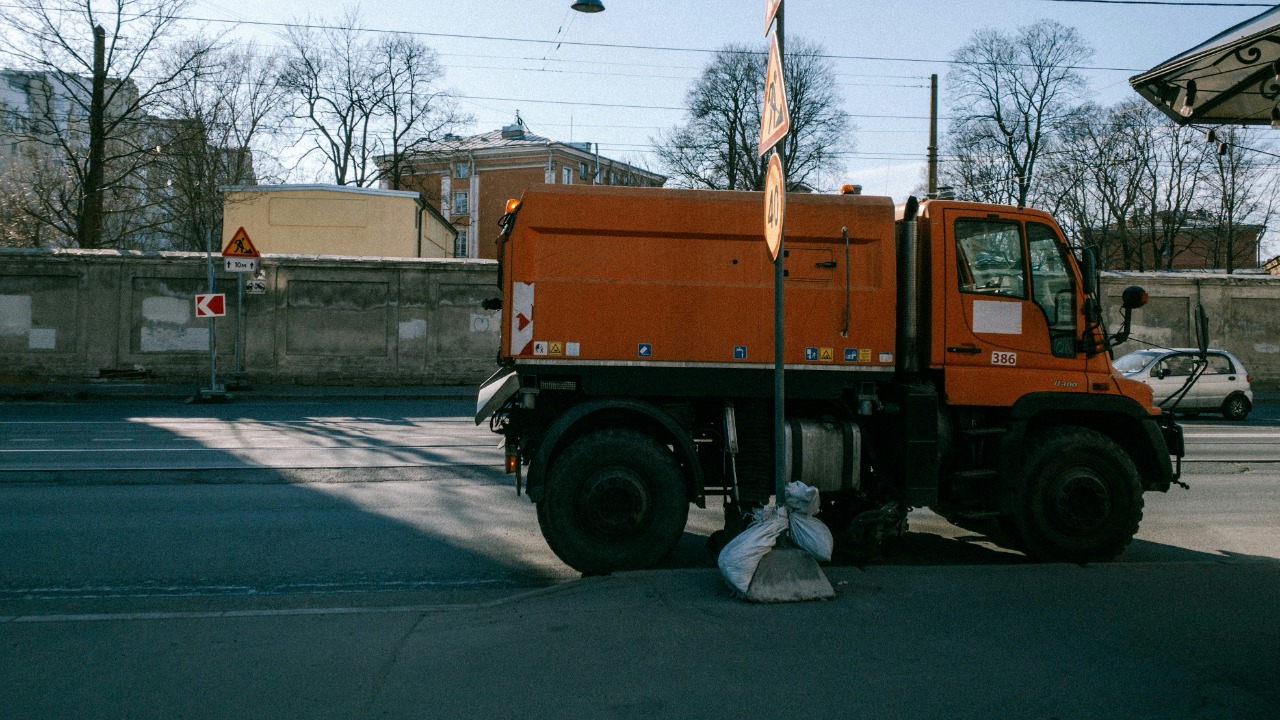
Non-electric garbage trucks are a major source of urban noise and air pollution. Cities such as San Francisco and Amsterdam have started to phase out these vehicles in favor of electric alternatives, which offer quieter operation and zero emissions.
The transition to electric garbage trucks is part of a wider effort to promote sustainable urban services. This shift not only benefits the environment but also enhances the quality of life for residents by reducing noise pollution and improving air quality. Learn more about global efforts to reduce urban pollution in this comprehensive report.